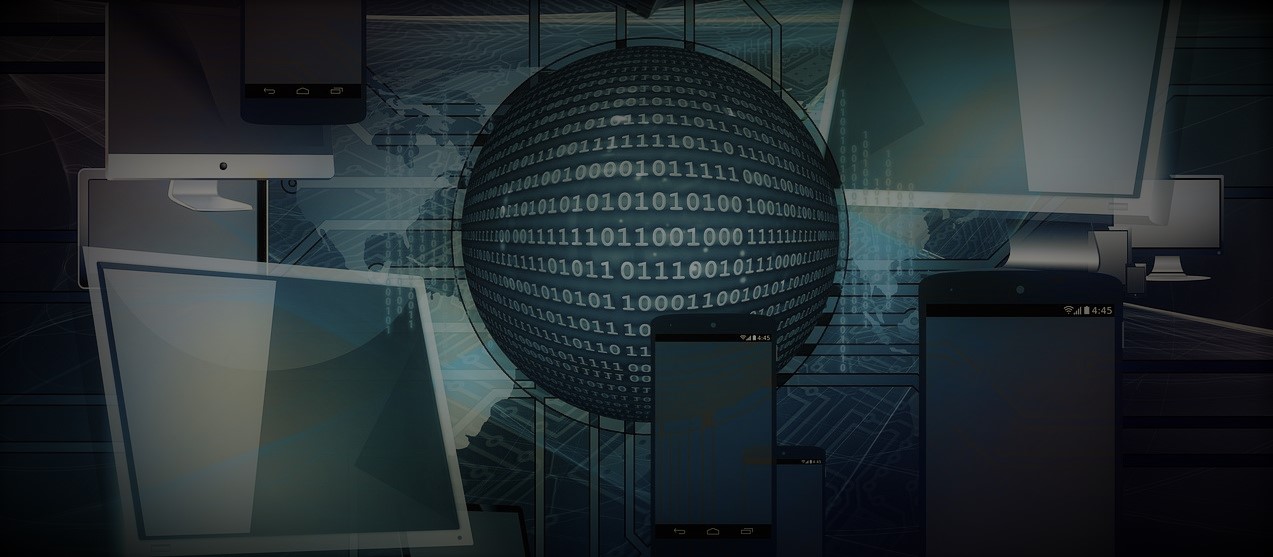Machine language is the basic language of computer systems. It consists of binary digital codes and is interpreted by the central processing unit of a computer, usually called the microprocessor.
Each microprocessor has its own internal machine language that makes it possible for it to run a program. The central processing unit is designed to interpret instructions from the program and carry out specific tasks based on what the programmer wants it to do. The machine code interprets the code as well. It has a specific order of operation.
Machine language is extremely important for the proper functioning of a computer. It translates instructions given in the program into the proper form and format needed to run the software. Every human-readable computer program must be translated into machine code before it can be executed. This means that not only are there different kinds of machine languages but there are different types of programs.
Not the only language used for computers
It is just one of the most common. Another common is assembly language. It consists of a series of instructions to be interpreted and carried out by the microprocessor. It also contains variable names and types that are interpreted at compile time. In general, both machine and assembly languages have been used in computer software and hardware.
Machine language is usually written in C, but is also possible to use a variety of other languages including C++, Java, C, BASIC, and many others. However, C is the most common and widely used as it is able to run on any kind of operating system that has a C compiler. For example, Windows can be compiled with the Unix C compiler, Linux can be compiled using the Cygwin or Mac OS X can be compiled using Mac OS X’s Xcode compiler.
Basics of microprocessors
A microprocessor assembles machine code and interprets the resulting code on the other hand. The microprocessor is a chip made up of silicon, resistors, capacitors, and various circuits that are linked together. When a program is programmed into the microprocessor, it is fed through wires that are attached to the microprocessor’s input and output devices. These devices contain transistors and other components that are used to interpret the code as it passes through them. They then carry out the instructions given to the microprocessor on the output of these transistors.
When a microprocessor is working, it is translating all instructions and programs into the same machine code. In doing so, it is taking the program and converting it to machine code which it carries out its job. Since the microprocessor interprets the machine code into the machine language used in a computer, all programs that run are run through the machine code interpreter. Machine code must have certain properties such as being fast, large, simple, and error-free.
Machine languages usages
The two main uses of machine languages are in the design and implementation of the microprocessor itself and in designing computer software. As stated earlier, the machine code is translated into machine code that can then be executed. For example, a programmer can use it to design a program for a microprocessor that interprets it and translates it into machine code that can be executed on a computer. Then a programmer can also use the machine code in the design of a program that interprets it and translates it into machine code that will be run on a computer.
Machine languages are also used in software programming because these languages make it much easier for people to write and read and use the programs they need. For example, in an operating system, it will be much easier for a user to navigate the programs that are included in the OS as compared to those that are found in the programs for a personal computer.
In addition to the use of machine language in designing the microprocessor, another use of machine language is used in designing the microprocessor itself. A microprocessor can be designed by programmers who have already learned about the workings of the microprocessor and are able to program it. Once the microprocessor is designed and the programmer learns how to write programs to use it, then the microprocessor is built.
Microprocessors that run on a computer have to be programmed in order to run. Programming these microprocessors takes time but is not difficult as it would be if a person was learning to use it as opposed to someone who has not been exposed to it.
